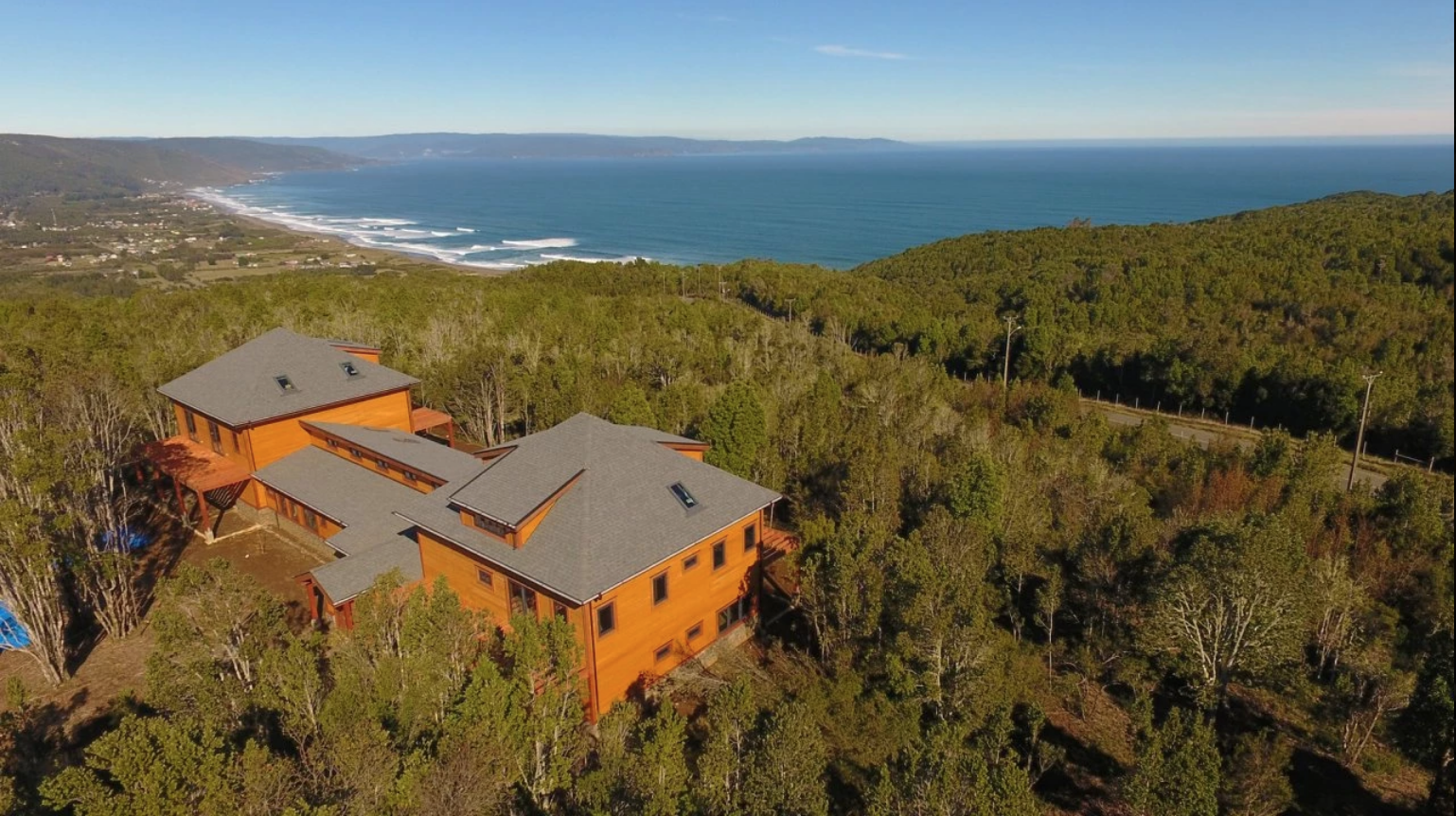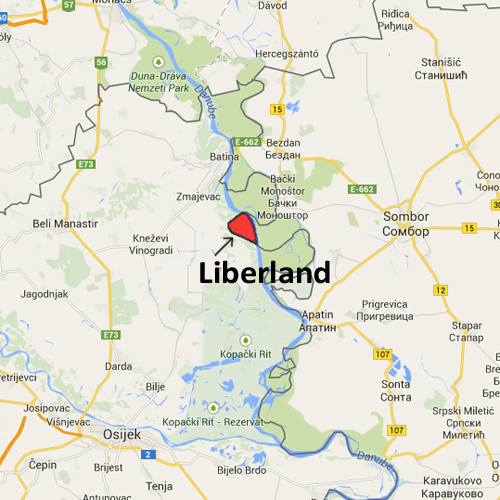The first true citadel built by idealistic bitcoiners may be years or even decades away. There are, however, projects today whose goals are very similar. A citadel is, in essence, a private city. Such cities have existed in the past, but the number of people interested in experimenting with various approaches to building their dream settlements is only increasing. For some, Austrianism and libertarianism have been the catalysts for such desire. In my case, bitcoin did the job.
To learn more and get further inspired about building a citadel, I would like to investigate some attempts at creating independent private communities that take place today. Are there any projects worth a mention? You bet!
Let us start with a couple from the top of my head.
Fort Galt
When I got into bitcoin in late 2012, nobody in my circles knew about it. I had to find places where early bitcoiners met. The original bitcoin meetup in Vancouver, for example, only had five-seven people, including myself, who met more or less regularly. At the time, I knew nothing of Austrian economics, libertarianism, anarchism, and markets. It was all alien to me. But I quickly got the main concepts behind these ideas thanks to meeting individuals who did not only theorize about "free-living" but walked the walk. One of them was Gabriel Scheare.
While I enjoyed meeting Gabriel here and there at some bitcoin-related events, our acquaintance was brief: the man is a doer, not a talker. Already back then, he had a dream of building a sustainable community based on his ideals. After considering a few places, including Canada, Gabriel picked what was, according to him, one of the most promising destinations for people like him—Chile. With the choice made, there was no time to waste, so he took off.
What prompted Gabriel to consider Chile was another project that was in the works there at the time. Galt's Gulch Chile (yes, named after the fictional place I mentioned before) was supposed to be a libertarian's wet dream. To many people's dismay, however, it turned out to be a sham, with multiple investors losing money. After the massive disappointment, Gabriel did not give up on the idea. Rather than relying on others, his attitude changed to "If you want to do something, do it yourself."
The thought of Fort Galt was born in Gabriel's mind. With his intention already strong, all he needed to bring it into the realm of matter was action. And act he did.
Today, Fort Galt is well underway, with several buildings already erected and a few permanent residents enjoying the fruits of their labor.
Below is a snippet from the project's official website:
“From young digital nomads to seasoned CEOs, entrepreneurs everywhere know what it means to go it alone. For us, the choice to walk the road less-traveled is a simple one but, of course, that doesn't make it easy. Fort Galt was established to provide a place for us to find support, friendship, and community while staying true to our values and pursuing our passions.”
Located in the picturesque Los Rios region in Chile, surrounded by beautiful rainforests, the settlement offers both common spaces for people to enjoy social activities and co-work and private parcels of land for those who would like to build their own homes. Apartment buildings with cozy mini-suites are planned as well, with their flagship building already completed and ready for new members. As Fort Galt's target audience is "digital nomads to seasoned CEOs," you can imagine the entrepreneurial spirit of the community. Long-term, I am confident that it will incubate quite a few successful businesses.

Owned by a company, Fort Galt does not have full autonomy and is not in a special economic zone (SEZ) to be considered a full-fledged citadel per our definition. But, honestly, such a place is difficult to find in today's world. It will take time and, perhaps, one day, Gabriel will grow the town into a sustainable economic unit in its own right. Will his next step be further negotiation with the Chilean government? It is entirely possible.
Below is an interview with a digital nomad, in which he describes his experience at Fort Galt.
One day, I will visit Fort Galt myself and share with your my personal takeaways from this amazing project.
Liberland
On April the 13th 2015, Vít Jedlička, a libertarian activist, claimed a disputed parcel of land between Croatia and Serbia to create an independent micronation, The Free Republic of Liberland. Covering only 7 sq km (2.7 sq mi), the lot is perfect for building a citadel-like settlement.

Five years later, the self-proclaimed state is still not recognized by any other nation-state and is mostly treated as a joke. The only official international relationship Liberland has is with Somaliland, another autonomous region on the territory of Somalia that is not recognized as a sovereign state globally. Yet, I think it does not matter at this point.
“It started a little bit like a protest. But now it’s really turning out to be a real project with real support.”—Vít Jedlička, TIME

While Vít Jedlička has put a lot of effort into designing Liberland's legal system (a constitutional republic with elements of direct democracy), there is almost no physical infrastructure on the land. As time goes, and various structures are erected, with permanent residents and businesses calling the newly-founded country their home, the attitude towards The Free Republic will change as well. If the President proceeds with genuine intentions of setting up a city-state where people "live and let live" (and does not exit-scam for whatever reason after raising funds), then it can become one of the most critical experiments on the planet. Why? Because individuals who want to build citadels of the future, like myself, will have a case study in front of their eyes for years to come. What will be Liberland's wins and losses, hits and misses, advantages and disadvantages? We must learn our lessons from history, but modern attempts are not to be ignored either.
So, where is Liberland now?
- Its official name is The Free Republic of Liberland, and its motto is "To Live and Let Live."
- The country has its own flag and coat of arms.
- English is the official language.
- A draft of the Constitution (which is still a work in progress) is posted on the official website.
- You will also find the nation's basic laws (the articles of the provisional government).
- Applications for citizenship are now open. According to Wikipedia, Liberland's current population is 1,000 citizens, with roughly 500,000 people on the waitlist.
- The country proposed the Liberland Merit as its official (crypto)currency (not smart when bitcoin exists, I know!).
I understand many people's reservations about the project, especially in light of the numerous scams that have happened. But, overall, it is a fascinating political experiment that may affect our future attempts at creating citadels worldwide. Liberland's example is particularly compelling because, in this case, no man's land was claimed—neither revolution or secession was necessary. So, I salute President Jedlička for pioneering a new era!
Conclusion
Fort Galt and Liberland are different projects with different goals. One is a friendly community for entrepreneurs and digital nomads, the other—a whole country started from scratch. But what unites them is the founders' vision of a more decentralized world.
It is exciting to see entrepreneurial minds around the globe awaken to the idea of creating their own domicile instead of trying to choose the least of all evils. After all, a free individual must be able to choose not only what he eats, wears, and who he prays to—where he lives can be a matter of choice, too. And it is our job to make it so in the coming decades.
I will continue to explore the existing attempts at creating independent communities around the world and share what I find in my journal.
To the stars!

